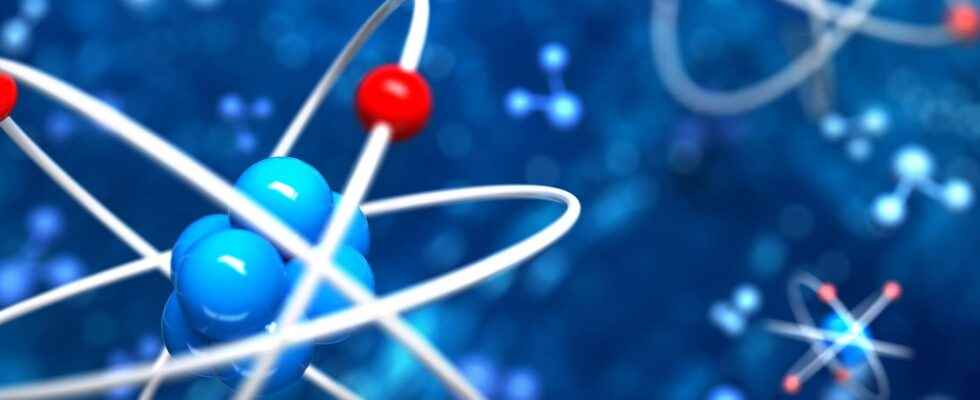Are called “isotopes” the different types of atoms of the same element which are distinguished only by their number of neutrons. The isotopes of the same element in fact keep the same number of protons and electrons. They also have the same chemical properties.
Stable isotopes and radioactive isotopes: the example of carbon
Isotopes of the same element, however, present physical properties different. In particular with regard to their radioactivity. So, for example, two isotopes of carbon that are carbon 12 (12C) and carbon 14 (14C) contain, for the first, 6 neutrons and for the second, 8 neutrons. Carbon 12 is stable. This is what we are used to simply calling “carbon”. As for carbon 14, it is a radioactive isotope – it is actually called a “radionuclide” or “radioisotope” – and it is also used in dating techniques.
Natural or artificial isotopes: the example of uranium
Isotopes can exist naturally. This is the case with carbon 12 and carbon 14, for example. They can also be synthesized in the laboratory or produced by industry. THE’uranium thus has 17 isotopes – with a number of neutrons between 125 and 150 -, all radioactive, but only three of them are found naturally on Earth, among which uranium 238 and uranium 235 which respectively number 146 and 143 neutrons.
You will also be interested
[EN VIDÉO] Kezako: what are the effects of radioactivity on matter? Radioactivity is a physical phenomenon naturally present in the Universe. It is due to unstable atomic nuclei which disintegrate and give off various more or less pathogenic radiations. Unisciel and the University of Lille 1 enlighten us, with the Kezako program, on the risks and effects of this radiation.
Interested in what you just read?
.
fs4
